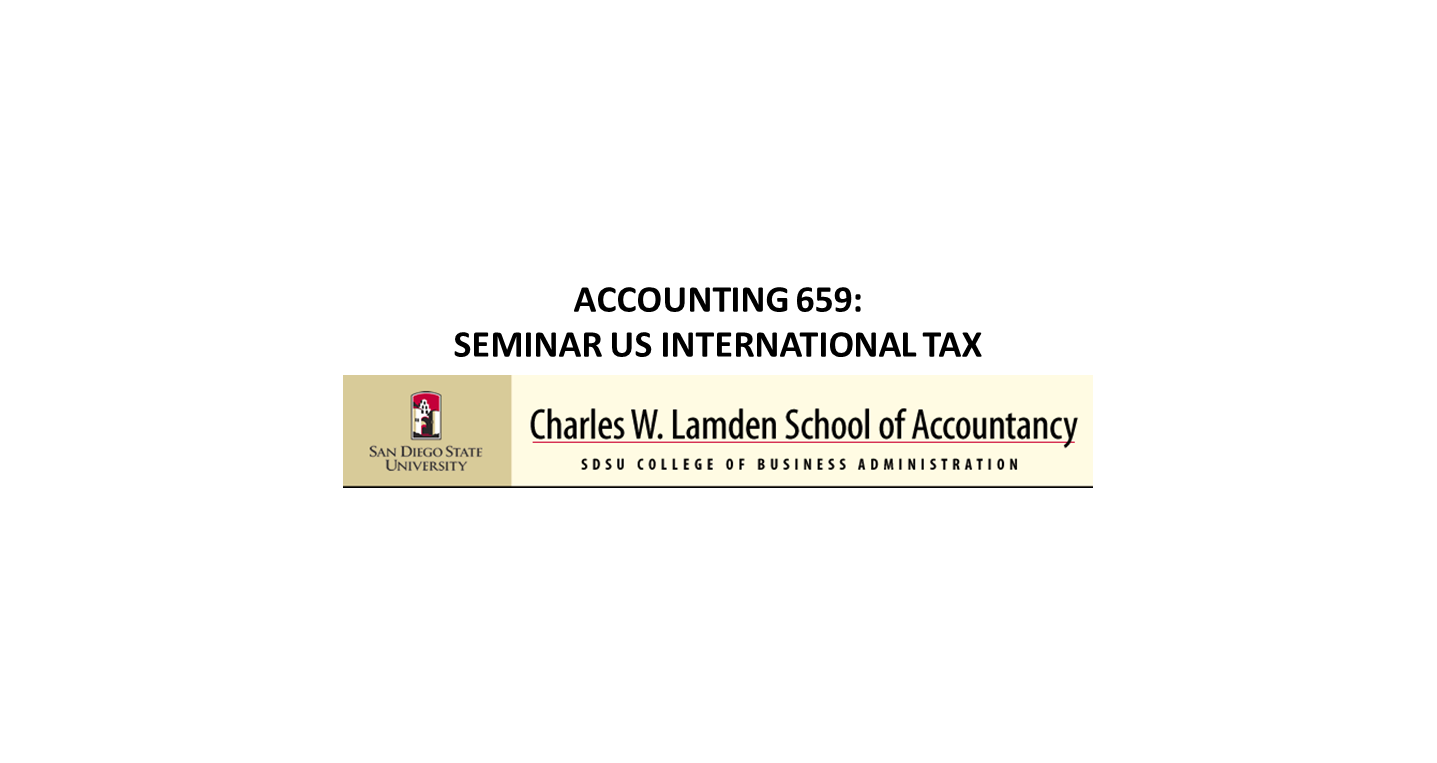DJH international tax has created a series of courses based on the relevant syllabus for various papers making up the Advanced Diploma in International Taxation.
We began in 2011 with transfer pricing, the ADIT syllabus for which was developed by the course tutors; principles of international taxation was added in 2012; and courses for both US options in 2013. There is now a course available for each option paper.
But you don’t have to be studying for ADIT to benefit from the courses. Many participants, who come from all over the world and from commerce and industry as well as professional practice, say they are new to the topic, want to refresh their knowledge, or have identified gaps they need to fill to work more effectively.
All courses run at a dedicated and fully equipped training venue in central London, convenient for both UK and international travellers. We can also offer help with finding convenient accommodation.
Classes are limited in size to ensure all participants can engage fully and get maximum benefit from the course. All courses run for three and a half days. For transfer pricing the final half day is optional and will be devoted to consideration of sample exam questions.
Courses include: Principles of International Taxation; Principles and Practice of Transfer Pricing; Principles of US International Taxation, and; In-Depth US International Taxation. For more information about the course programs, dates, and pricing, please see our 2014 course brochure.
Information for the Principles of US International Taxation course is provided below.
The Principles of US International Taxation
Course Tutor: Narelle MacKenzie, CPA
Date: December 2-5, 2013
The structure of the US tax system
– Federal taxation vs. state and local taxation
– The federal tax system: the Internal Revenue Code
US federal income taxation: overview
– Basic rule: taxation of worldwide income of US persons
– Individuals
– Corporations
– Partnerships
– Trusts and estates
– Classification of business entities: the “check the box” regime
– Basic rules regarding taxation of non-US persons
– Source of income: section 861 et seq.
Inbound investment
– Non-US person engaged in the conduct of a US trade or business
– Non-US persons not engaged in the conduct of a US trade or business
– Foreign Investment in Real Property Tax Act
– Special US tax treaty issues: Limitation of benefit articles, saving clauses, treaty overrides
– Specific anti-avoidance rules: interest-stripping and anti-conduit regulations
Outbound investment
– Foreign tax credit
– Anti-deferral rules
– Outbound transfers: Code section 367
Other issues
– Transfer pricing rules: Code section 482 and regulations
– Anti-avoidance: general case law doctrines and main statutory provisions
– Estate and Gift Tax
– Indirect Taxes: customs duties; state and local sales taxes
Preparation: No detailed prior knowledge of US taxation is assumed but you will be expected to be broadly familiar with international tax terms.
 Global Experience on Your Side
Global Experience on Your Side

